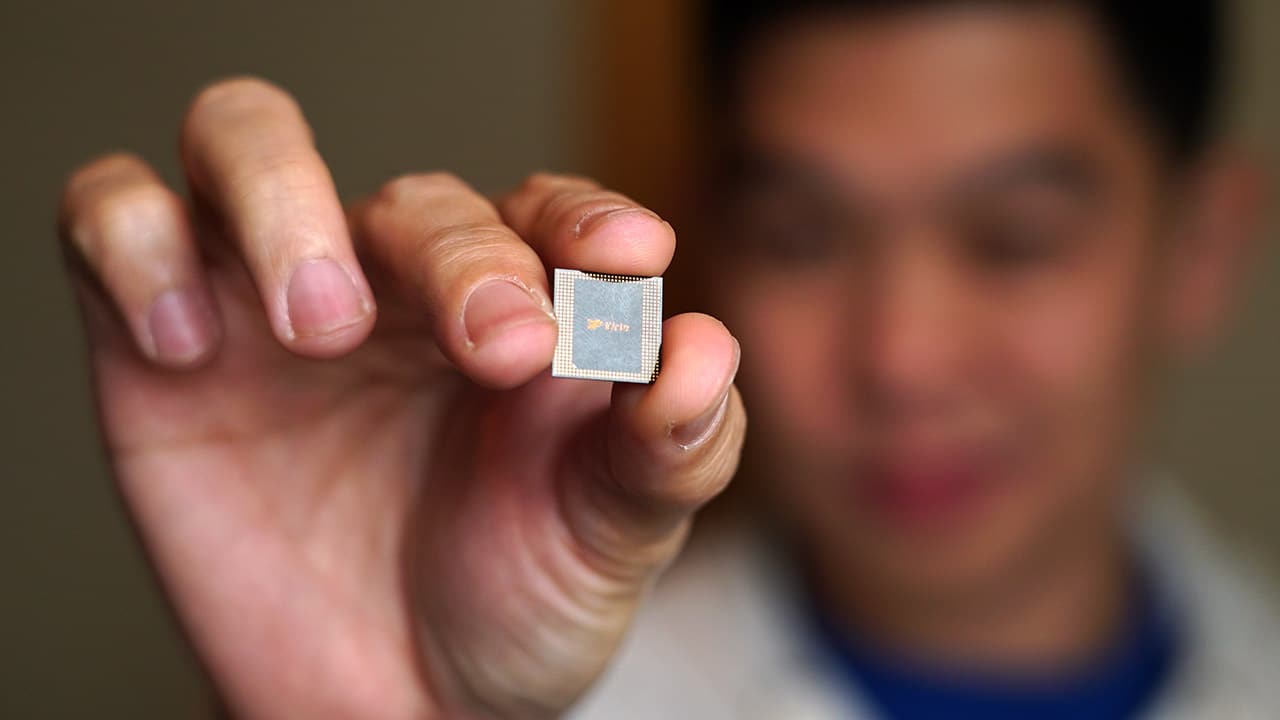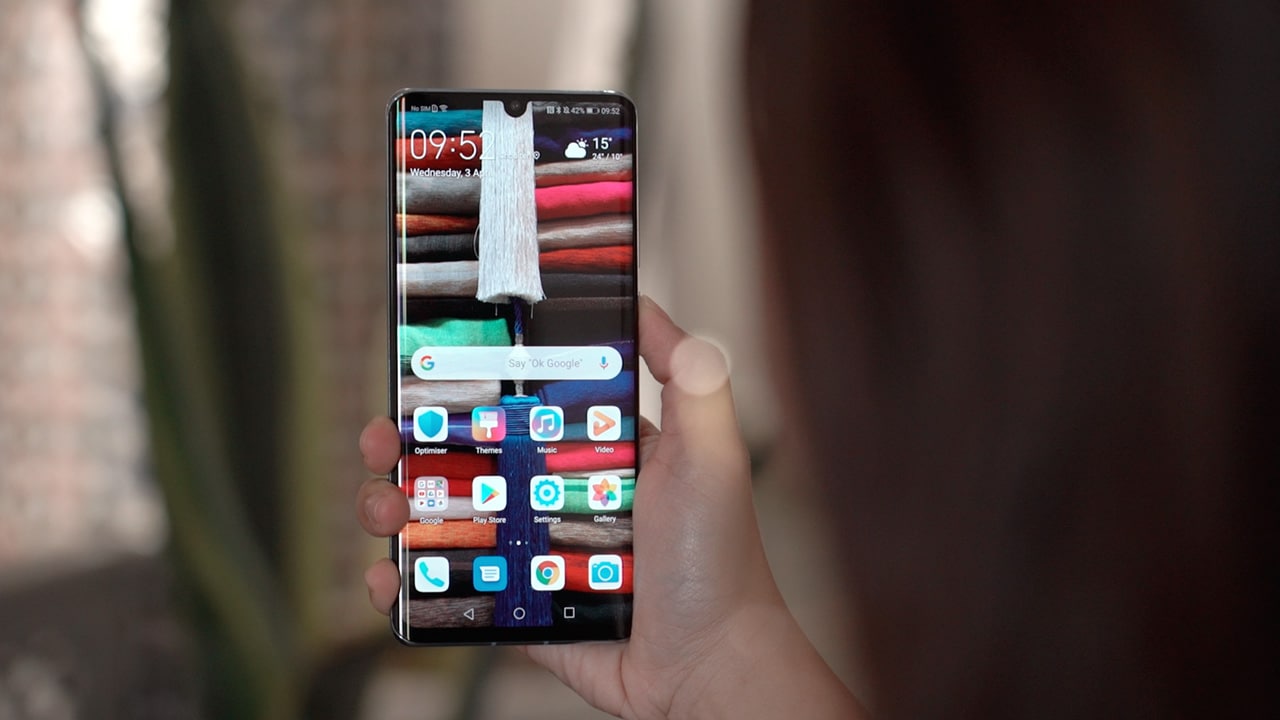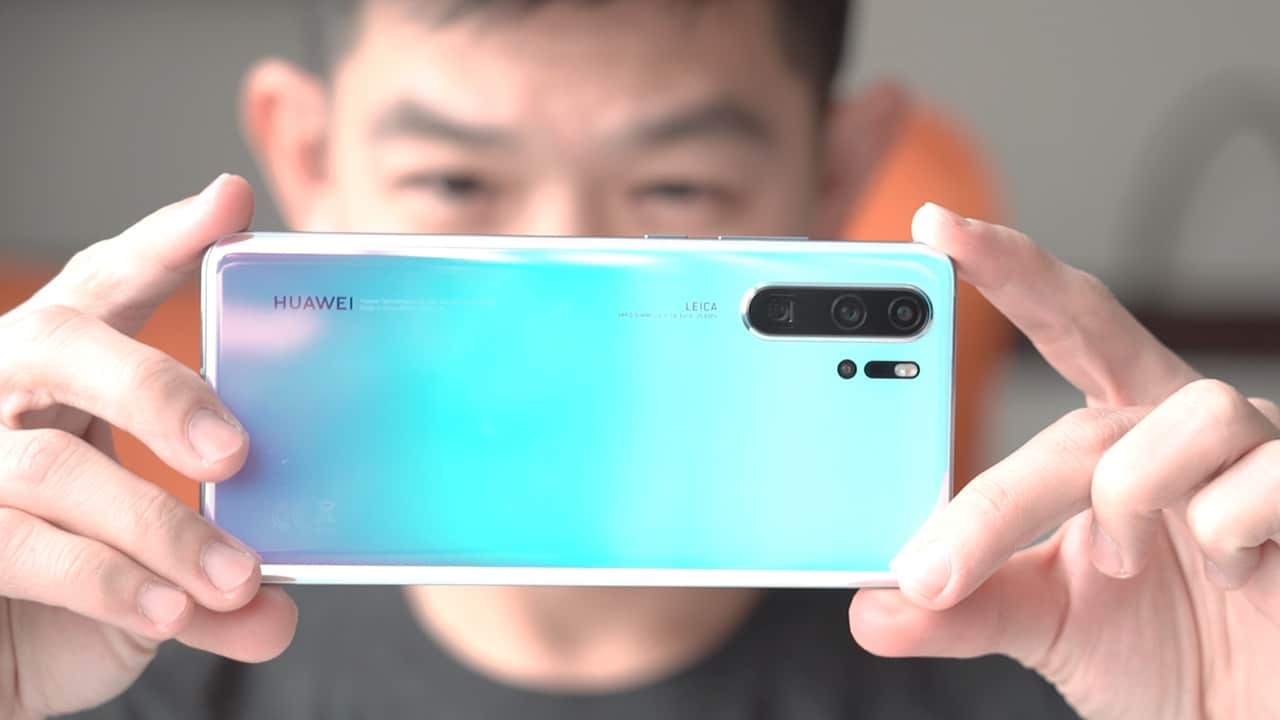
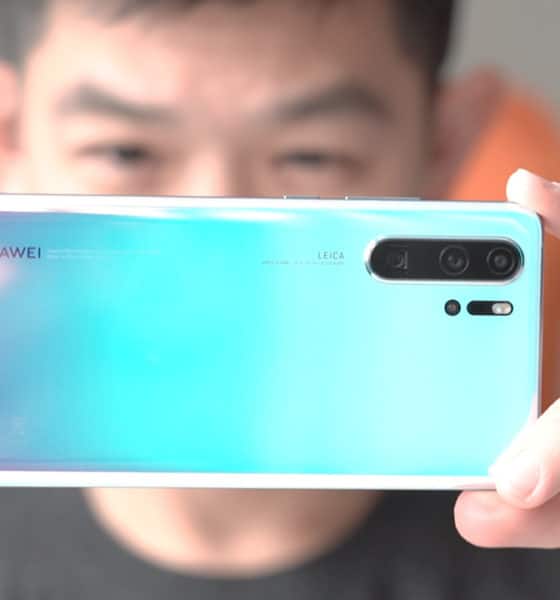
Who’s afraid of Huawei? Right now, everyone is. Does anyone really know why?
Since 2017, the US has dealt continuous blows against the Chinese company. More than two years later, the war is still in full swing. Both sides have fired multiple salvos against the other. Still, despite the conflict’s longevity, most people are not really sure what’s happening.
Why are they fighting? Should we stay away from Huawei? Is it time to get rid of our Huawei devices as soon as possible? Should we really fear for our cybersecurity?
For ordinary consumers, the entire Huawei debacle is mired in political lingo and endless controversy. It’s time to clear the air. What’s up, Huawei?
How did this all begin?
Let’s go back to where it all started. In late 2017, American lawmakers reviewed the businesses of ZTE, another Chinese tech company. Soon after, the investigation unveiled a flurry of shady business deals involving Iran. By law, companies operating in the US are not allowed to communicate with blacklisted countries including North Korea and Iran. Naturally, the violation caused monumental sanctions against ZTE. The US banned ZTE from American soil — effectively, the same ban on Huawei today.
At this time, Huawei was just a moderately innocent passerby stuck between two fighting giants. At most, Huawei was accused of spying on its customers. American lawmakers proposed a boycott of Huawei’s products. The proposal drew from the emerging rise of Sinophobia. Still, at the time, the US government’s eyes were firmly on ZTE.
In its infancy, the Huawei-ZTE issue was a product of a small fear. It still hadn’t affected everyone. In fact, US President Donald Trump even tried to save both companies from utter destruction. Both companies enjoyed a reprieve from America’s ire. However, this was short-lived.
In a surprising about-face, Trump started his controversial trade war against China. The American leader abandoned his salvific efforts. Instead, he adopted an incredibly aggressive push against Chinese companies. Unsurprisingly, ZTE already crumbled from the initial push, leaving Trump without a company to make an example out of.
Trump set his sights on Huawei, the world’s second largest smartphone maker. His weapon: the same ban meant for ZTE. His motive: potential cybersecurity issues. This time, America means business. Recently, Trump finally pulled the trigger, enacting a total ban against Huawei on American soil. However, instead of just the US, Trump has been lobbying for a similar ban on other countries. Since then, Huawei has suffered a world of hurt.
What does the ban mean?
Naturally, a “total ban” sounds daunting. Banning Huawei smells like certain doom for the tech giant but what does the ban really mean?
When enforced, Huawei can no longer deal with American companies. To Huawei’s dismay, the tech maker uses a fair number of American components in its products. Most notably, Huawei’s smartphones come with Google’s Android. The ban will prevent Huawei from using the operating system going forward. On paper, this is a huge deal. Android remains the world’s biggest operating system. A lot of consumers trust Android. Huawei is losing a massive chunk of its package with the loss.
As if that wasn’t enough, Facebook — and its slew of apps — have withdrawn from Huawei’s products. The company’s smartphones will no longer have Facebook, Messenger, Instagram, or WhatsApp installed out of the box. The threat is becoming real.
Additionally, Intel, Broadcom, and Qualcomm have blacklisted Huawei after Google’s announcement. Huawei has also lost the support of the ubiquitous ARM chip architecture.
It’s not looking good for the Chinese company. Huawei is slowly being dismembered. Faced with an army of bans, it’s natural to worry about Huawei. Worst case scenario, Huawei will become a mere shadow of its former self, devoid of the components that helped its recent success.
Should we really worry, though?
Not just yet. Right now, Huawei is enjoying a temporary reprieve. Soon after the initial ban, the American government granted the company a three-month extension. Until around the end of August, Huawei can still operate with its current partnerships. Except Facebook, its devices will still ship with the same components we love. At least for the near future, Huawei is safe.
In the meantime, Huawei is hunting for adequate alternatives for its failing parts. This means a new operating system, new chips, and likely an entirely new package. To its credit, Huawei’s development team is working around the clock. Only a month removed from ground zero, they are already promising optimistic developments for the future. Huawei remains confident in their future, launching a bevy of new phones amidst the controversy.
Likewise, some American companies are also lamenting the loss of business. Before the ban, Huawei was a loyal customer, delivering American components to a massive global audience. They aren’t happy with Trump’s ban. For one, Google has publicly defended Huawei. According to them, Huawei’s — and subsequently, the world’s — cybersecurity standards will collapse without a collaboration between international companies. With Android, Google can act as Huawei’s checks and balances against potential cybersecurity threats from malicious forces. If anything, Huawei still has its share of public defenders.
Most importantly, Trump still has the power to reverse the ban before the 90-day extension runs out. If China and the US reach a meeting point, all might go back to normal. Though uncertain, it’s too early to give up on Huawei just yet.
What will Huawei 2.0 look like?
Unfortunately, Huawei’s future is muddled with uncertainty. This includes any potential iterations in the future. As far as we know, Huawei isn’t bleeding from the multitude of losses. The company has reinforced its Kirin chipsets. Further, they are developing their own dedicated operating system codenamed Ark OS.
Other than that, there’s not much to go on. Speculatively, the biggest changes will come from its app supports. If Google leaves, Huawei will be left without the Play Store’s support and security. The Chinese company will have to rely on its own native software to power their phones. Unfortunately, an all-Chinese ecosystem is less than ideal for most. In fact, having one might even justify the American Sinophobia. But again, it’s all up in the air.
I have a Huawei phone. Should I just sell it?
No, you still shouldn’t. The grey market is already doubling down against the onslaught of Huawei returns. If you don’t know a willing contact, finding a buyer will be difficult. If you do find one, you’ll receive only a mere fraction of what you paid for.
At its current iteration, Huawei’s phones are still on top. They are a delight to hold and use, and if anything, have challenged its competitors to offer better value to consumers over the years. Right now, it’s best to play the long game. Wait and see what happens. If anything, Huawei — and its official partners — already has an insurance policy in place. Several retailers have declared a 100 percent refund policy in countries like Singapore. If Google cuts the cord, Huawei users can get their money back.
Similarly, Google has promised Android Q support for existing Huawei handsets. Just this week Huawei also announced the rollout of Android-based EMUI 9.1 to older models. If you already own one, a Huawei phone shouldn’t be an immediate cause for panic.
So, should we really be worried about Huawei?
Understandably, uncertainty isn’t an ideal for everyone. Huawei’s troubles are an excruciating thorn for both businesses and consumers alike. Switching to another brand is a natural solution against the company’s shaky future. However, if you’re looking at the silver lining, worrying is likely a premature reaction. If you’re not a Huawei user, the controversies shouldn’t affect you. If you’re already a Huawei user or looking to buy a Huawei device, it will likely pay off to play a longer strategy. After all, Huawei devices are still some of the best smartphones you can buy on the market.
Editor’s Note: Looks like we really shouldn’t worry after all. Not even an entire day has passed since this article was originally published but Huawei no longer banned in the US. Rejoice, Huawei users!


The ongoing trade war between the United States and China is putting a lot of companies out of business in one country. While all eyes are currently on America’s crusade against TikTok, China has launched a salvo of its own. The country has started banning AMD and Intel, starting with government devices.
Recently, as reported by the Financial Times, China has introduced a new rule that bans American chipsets and servers from government agencies. The new ban includes AMD, Intel, and Microsoft Windows.
In lieu of the now-banned brands, Chinese government agencies must use approved brands from a list of 18 Chinese manufacturers. Unsurprisingly, the list includes Huawei, another brand involved in the ongoing trade war. (Huawei is still banned on American soil.)
As with bans from America, China’s latest rules stem from a desire to implement national security. Both countries allege that using brands from the opposing side will open a potential avenue for transferring classified information.
Currently, the ban against the American chipsets are only affecting government devices. However, if it follows the same trajectory as Huawei and TikTok in the United States, a government-only ban might soon lead to an all-out ban on consumer devices. As TikTok is currently hanging in the balance, it’s unlikely that the trade wars will cool down anytime soon.

So far, Apple’s greatest enemy has been the European Union. Months and months of claiming that the company engages in anti-competitive practices, the region has successfully caused Apple to drastically change a lot of things about the iPhone including the Lightning cable. Now, a new challenger wants Apple to answer for its supposed grip on the industry: the United States government.
Today, the Department of Justice is officially suing Apple for supposedly monopolizing the smartphone industry and stifling competition. The lawsuit alleges that Apple’s lineup of products prevent users from trying out other brands. For example, Apple limits how well a third-party smartwatch works on an iPhone, pushing users to go for an Apple Watch instead.
The lawsuit also includes an important pain point in Apple’s fight in Europe. It says that the company makes it difficult for iPhone users to communicate with Android users (and vice versa). Late last year, the company already committed to supporting RCS as a messaging standard, finally easing communication between the two systems. Their adoption has yet to arrive, though.
Though not as stringent as Europe, the American government is no slouch when it comes to questioning its own companies for pursuing anti-competitive practices. In the past, it went through Google and Spotify to protect the interests of its citizens. The lawsuit against Apple is no different, gathering signatures from sixteen states.
For Apple’s part, the company aims to get the case dismissed, alleging the lawsuit’s unfair scope of just the American people when it targets the entire world.
SEE ALSO: Apple opens first Developer Center in Southeast Asia
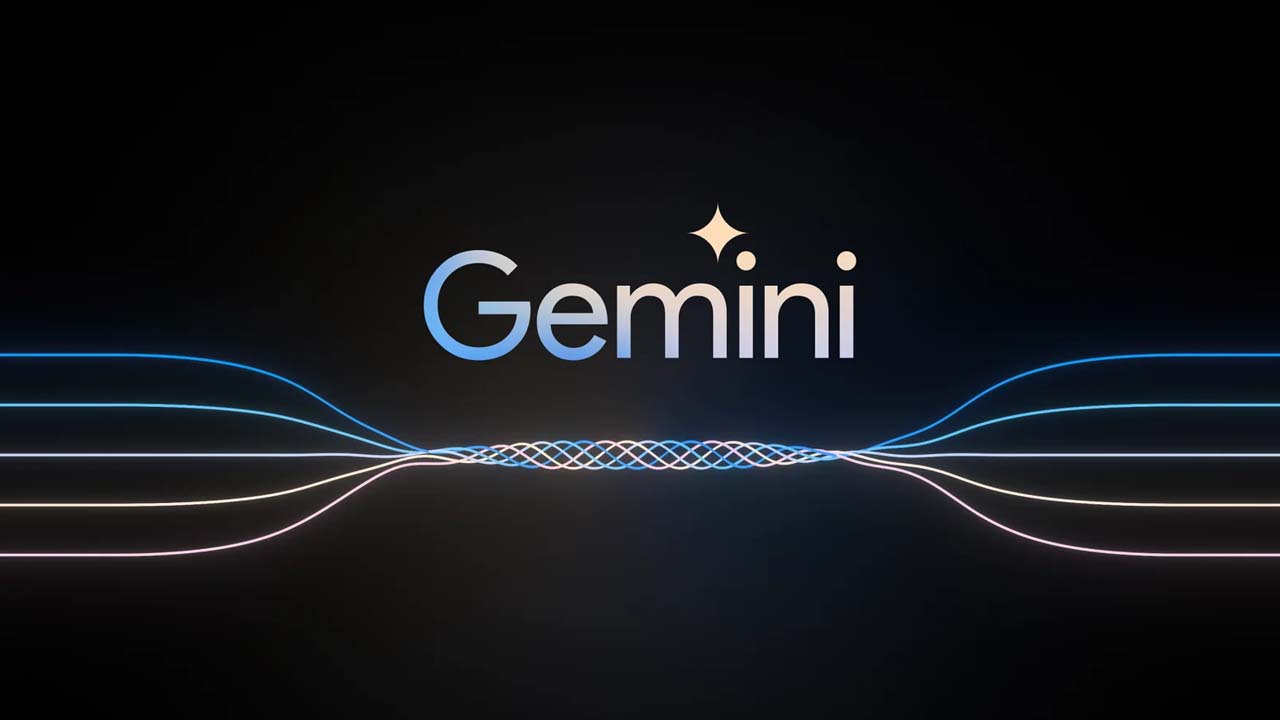
With how technology is these days, it’s no surprise that the next big thing is always just over the horizon. However, these developments often happen year after year. Today, artificial intelligence is strapping a rocket to this already fast trend. Only a few months since the launch of Gemini, Google has already launched its successor, Gemini 1.5.
Launched only recently, Gemini is a marvel in itself. Prior to the model, Google was already a force in the AI world with Bard. Gemini takes the former model and improves an already impressive service. Currently, users — both in business and for personal use — can subscribe to the service.
Today, Google has confirmed that Gemini 1.5 is official. The company is touting how much more impressive the new version is, compared to its predecessor. For one, Gemini 1.5 Pro is just as powerful as the current Gemini Ultra, beating the latter on 87 percent of tests. The new version is reportedly more efficient in allocating only the necessary resources for queries, rather than the entire model.
Despite allocating resources, Gemini 1.5 can handle a million tokens at a time. For reference, Gemini Pro can only handle 32,000 tokens at a time. Basically, the new version can parse through a humungous chunk of data all at once without batting a digital eye. (Google is claiming that capabilities for 10 million tokens is nearing, too.)
If you want to see what a million tokens in the palm of your hand feels like, Gemini 1.5 is already available for developers and business users. However, a wider rollout is still coming soon.
-

 Accessories1 week ago
Accessories1 week agoApple Vision Pro Review: Two Months Later
-
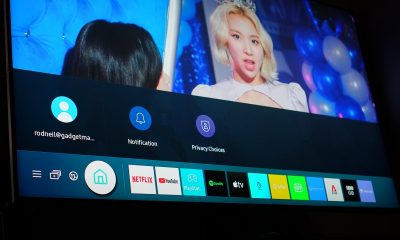
 Deals2 weeks ago
Deals2 weeks agoSamsung QLED TVs, soundbars: Special deals throughout summer
-

 Features4 days ago
Features4 days agoFortify your home office or business setup with these devices
-

 Gaming1 week ago
Gaming1 week agoThe Rogue Prince of Persia looks like an ultra-colorful roguelite
-

 Deals2 weeks ago
Deals2 weeks agoSamsung Awesome April: Deals on Galaxy A series
-

 Philippines2 weeks ago
Philippines2 weeks agovivo Y100 to release in Philippines on April 27
-

 Gaming1 week ago
Gaming1 week agoStar Wars Outlaws release date revealed
-

 Deals2 weeks ago
Deals2 weeks agoXiaomi Fan Festival: Wearables, appliances on sale


